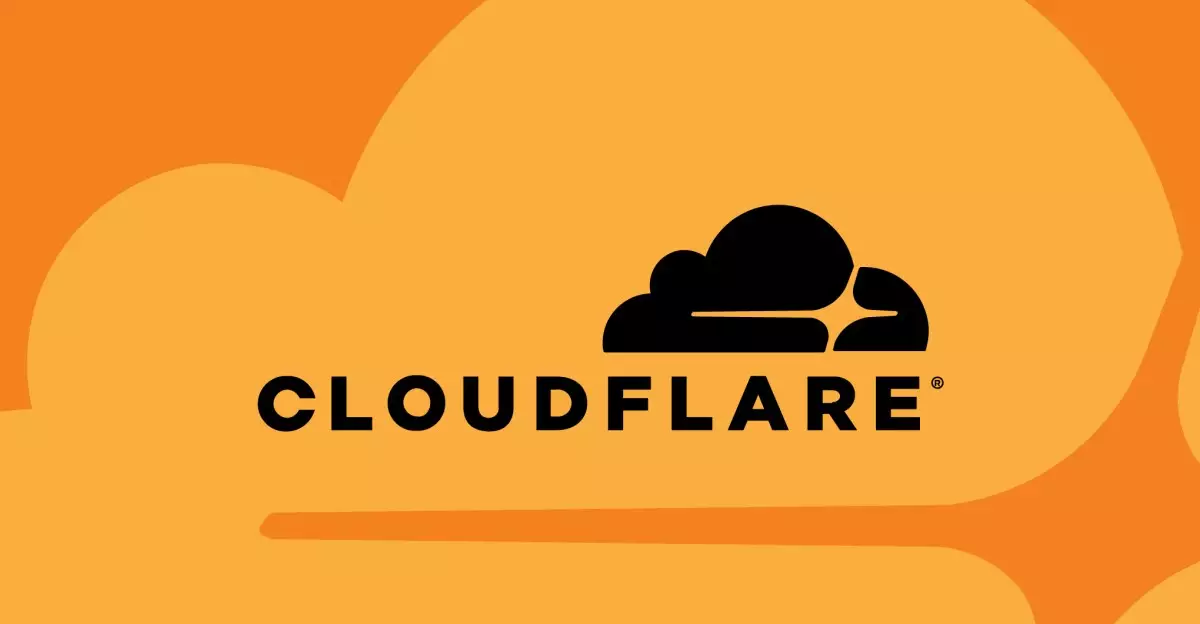As the digital landscape continues to expand, the threat posed by web scrapers has grown significantly. These automated bots, while often seen as a necessary evil for legitimate data collection, can be detrimental when they operate without consent. Many companies are now grappling with how to protect their online content from being misappropriated by these digital marauders. One player in the internet security field, Cloudflare, has taken an innovative approach to this issue, creating a solution that not only defends against unauthorized scraping but also turns the tables on the culprits.
Introducing AI Labyrinth
Pulse at the heart of Cloudflare’s strategy is its new tool, AI Labyrinth. Far from merely blocking unwanted scrapers, AI Labyrinth offers a clever diversion. When a bot attempts to access a site protected by this feature, it is redirected into a maze of artificial intelligence-generated pages—essentially a digital smokescreen. According to Cloudflare’s blog announcement, this tactic is designed to confuse scrapers, wasting their resources and time while keeping the actual content secure.
This distinctive approach marks a significant shift from the traditional reliance on robots.txt files, which have proven ineffective against many ambitious scraping techniques employed by sophisticated AI companies. Instead of merely attempting to restrict access with a passive file, Cloudflare actively engages the unwanted bots with a web of nonsense that serves no purpose to the scraper.
A Honeypot of Deceptive Content
Cloudflare’s AI Labyrinth acts like a next-generation honeypot, designed to lure in evil-intentioned scrapers while effectively showcasing the growing battle between web defenders and invaders. While human users would quickly disengage from the generated garbage, unscrupulous bots will continue to traverse through linked content, allowing Cloudflare to analyze their behavior patterns in real time.
The company boasts that it receives over 50 billion crawler requests daily, giving it immense data on bot behavior. By observing these interactions, Cloudflare can categorize and fingerprint malicious bots, enhancing its ability to protect websites against future threats. Essentially, rather than blocking scrapers outright, the platform advocates for a smarter, resource-optimized approach that flips the script on these digital thieves.
A New Standard for Online Security
While AI Labyrinth is currently in its initial phase, its potential impact could define a new standard for safeguarding proprietary content on the web. The ability for website administrators to opt-in and enable this feature equips them with a powerful tool against unwanted data scraping. This initiative operates under the principle of preservation over destruction: a methodology aimed at protecting the integrity of online content without negatively engaging with legitimate users who wish to access data.
Interestingly, Cloudflare’s approach highlights an emerging trend in tech where offenses prompt innovative defenses. In a world where web scrapers tend to quickly adapt to countermeasures, AI Labyrinth offers a flexible and inventive response that ensures the safety and sanctity of digital assets. As companies increasingly recognize the risks posed by unauthorized data harvesting, such proactive measures could become essential in the ongoing effort to safeguard the internet’s vast reservoir of information.
The Road Ahead
Looking forward, Cloudflare’s promises of developing expansive networks of interconnected URLs signify a commitment to continual improvement and adaptation. As the battle against web scraping evolves, the tools designed to protect web services must similarly advance. By focusing on generative AI, Cloudflare is not just focusing on immediate challenges but laying down a framework for future iterations of cybersecurity that anticipate and outsmart potential threats.
By making the dance between scrapers and web defenders increasingly complex, AI Labyrinth exemplifies how technology can be harnessed as both a shield and a sword in the battle for data security. As more organizations become aware of these threats, it is exciting to imagine what other innovations could arise in response, potentially transforming the landscape of internet security as we know it. In this ongoing duel, the outcomes will shape the future of digital interaction and content sharing, and Cloudflare’s strategy stands as a compelling precedent for the industry.

